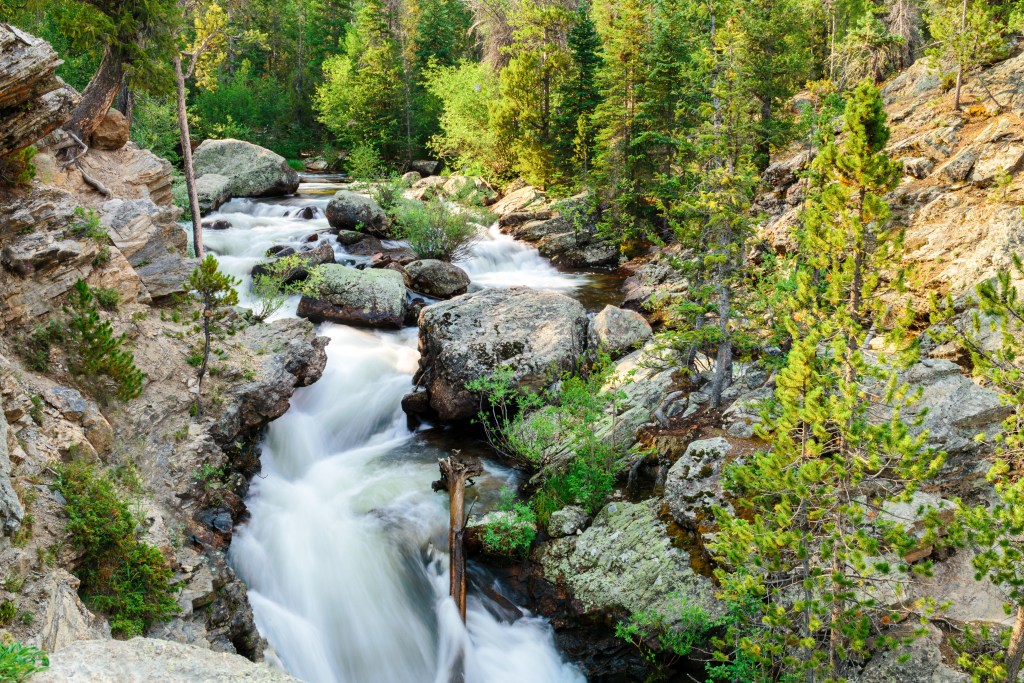Entrance fees at the 117 fee-charging national parks, historic and cultural sites, and monuments are set to increase, with many parks beginning June 1, 2018, the National Park Service (NPS) announced today. Under the new fee structure, the one-time fee for a passenger car will increase by $5. Park-specific annual passes will jump between $5-10. The cost to purchase an America the Beautiful Pass or Senior Pass will remain $80.
The announcement signals a significant revision to the Department of the Interior’s original October 2017 proposal, which planned to more than double peak-season entrance fees at 17 of the United States’ most popular national parks. Under the initial proposal, the one-time fee for passenger cars would have skyrocketed from $25–$30 to $70.
Easing back from its original plan, the NPS announced it will implement smaller hikes across a wider number of parks, historic and cultural sites, and monuments. Fees will increase to the nearest $5 increment at the 117 fee-charging park sites the NPS is responsible for maintaining, according to NPS Deputy Director Danny Smith. In total, 417 park sites make up the National Park System. Early estimates suggest the fee changes will allow the NPS to collect an additional $60 million per year, the majority of which will be channeled to the parks’ $11.6 billion backlog. The agency collected $199 million in entrance fees during the 2016 fiscal year.
The NPS says fees will increase at each of the national parks that already charge entrance fees. In the smallest national parks, like Utah’s Capitol Reef, single-vehicle entrance fees will go from $10 to $15. In slightly larger national parks like Acadia in Maine and Olympic in Washington, single-vehicle entrance fees will go from $25 to $30 and annual passes will hop from $50 to $55. In the nation’s largest national parks, like Rocky Mountain and Yellowstone, single-vehicle entrance fees will go from $30 to $35 and annual passes will transition from $60 to $70. Some parks will raise their fees incrementally.

Rocky Mountain National Park
The revised fee hikes came on the heels of a public comment period during which the Park Service received more than 109,000 comments. Nearly 5,000 of those comments came from members of the REI community who visited the NPS website through an online submission portal to express their concerns, including worries about barriers the fees would impose on low-income individuals and families wanting to visit the parks.
Analysis by the National Parks Conservation Association (NPCA) suggests 98 percent of Americans opposed the initial fee hikes. The public comments, available via the NPS website, reveal the tangled emotions of an American public that cares deeply about public lands, while harboring concerns about what a more than 100 percent hike in fees would have meant for park visitors.
Comment no. 4750 echoed the sentiments: “While I understand the need for money in the parks system to improve and better them, I worry that $70 is going to make it hard for a lot of families to enjoy our national parks. This includes myself, which in this economy, forking out $70 is a huge expense…”
Beyond concerns about the cost-barriers the fee hikes would impose, citizens advocated on behalf of increasing federal funding for the parks rather than raising entrance fees, according to a national survey conducted by the Outdoors Alliance for Kids and cited by the Washington Post in its April 2 coverage.
“While I desire for improved maintenance and care of our national parks, raising the fee for the entrance is not the way to do it. We need more money in the fiscal budget and not put it on the people who enter. … I already know families who cannot afford the $20 entry fee. How can you expect families to afford an over double increase? The national parks should be low cost and accessible to everyone since they are the peoples land,” comment no. 4157 said.
And comment no. 50533 said, “This is a terrible idea. The national parks are supposed to be for the people of the USA. These new fees would be cost prohibitive for many people and would discourage visitation. This is a public good, make the government pay for it.”
REI believes our national parks must be cared for and recognizes that years of underfunding have left the parks’ infrastructure lacking. We also feel strongly that any maintenance solution should protect every citizen’s right to enjoy our national parks. We’re thankful to members of our REI community who spoke out during the comment period to let their voices be heard.
“The Park Service should be commended for keeping an open mind and listening to the overwhelming majority of people who spoke out against the possible doubling of certain entrance fees,” said Marc Berejka, REI’s director of government and community affairs.
“REI Co-op and our millions of members across the country cherish the parks. Today’s more modest $5 increases will just begin to address the maintenance backlog. So, we will continue to work with the Administration, Congress and other stakeholders on holistic, long-term solutions that don’t overburden visitors. These parks encompass some of the nation’s most iconic public lands. Like those who submitted comments, we want to assure our national parks are protected and open to all, both now and for future generations,” he said.
